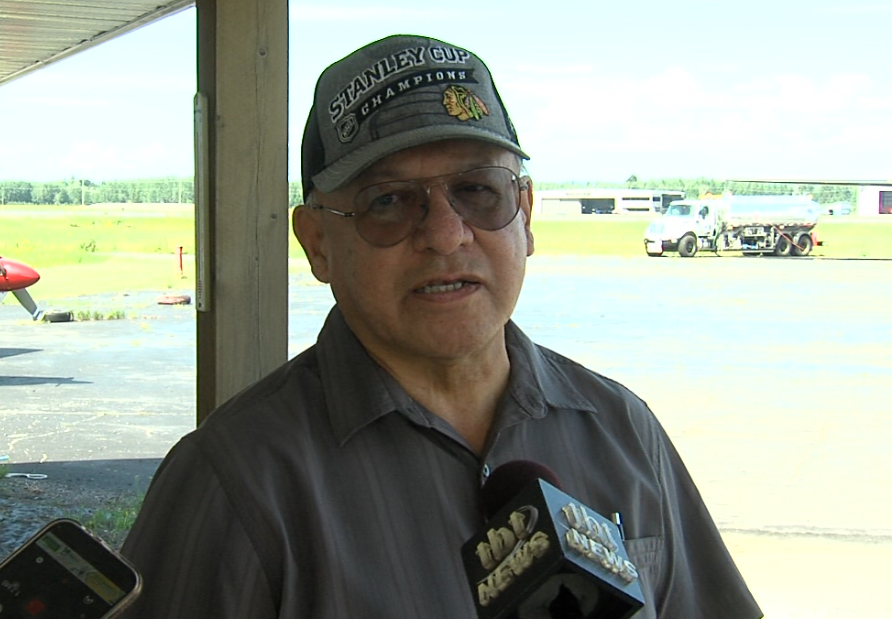THUNDER BAY — The Chief of Eabametoong First Nation, also known as Fort Hope, Harvey Yesno, hopes for good news this week for residents of the community waiting for the all-clear to return home.
Several hundred vulnerable people including the elderly, youths, and those with medical conditions were flown south starting Aug. 12 because of heavy smoke from a forest fire.
About 350 evacuees have been sheltered in Thunder Bay, with smaller groups accommodated at Kapuskasing and Timmins.
In an interview Tuesday, Yesno said he's getting regular updates from the Ministry of Natural Resources and Forestry about its efforts to bring the 6,700 hectare fire under control.
"The weather is really cooperating. The next couple of days, we'll get the green light to return," he predicted.
Yesno added, however, that he's going to rely on the MNRF for the final word.
The ministry has assigned additional resources to the fire, which is about 35 kilometres west of Eabametoong.
It has described the fire's behaviour in recent days as "low" due to scattered showers and high humidity levels.
Yesno said residents are being treated well in the host communities, but most "are getting anxious. They want to go home,"
He added that the prevention of COVID-19 remains an ongoing concern, and will play a role in the repatriation process.
The chief has asked health officials to arrange to test people for COVID-19 before they board their flights to Eabametoong.
"All the evacuees will be on a 14-day quarantine, so we're trying to minimize any disruptions whatsoever, you know, the screening and testing that has to be done at all three sites," Yesno said.
He added "we have about one-third of our community returning. It's affecting over half the households. If we did the screening and testing on the ground (at Eabametoong) it would take some time. We don't have the manpower."
Yesno said no one is looking forward to quarantine, as some residents have already been through it because of previous medical appointments that took them away from the community,
He also said it's important there's an adequate food supply on hand when the evacuees rejoin the approximately 1,000 members of the First Nation who stayed behind.
"We want to make sure that when close to 600 people return, there's no supply issue. We don't want to encourage people, knowing they are going to be quarantined, to take a 14-day supply of food. That will be a capacity issue on the aircraft."


